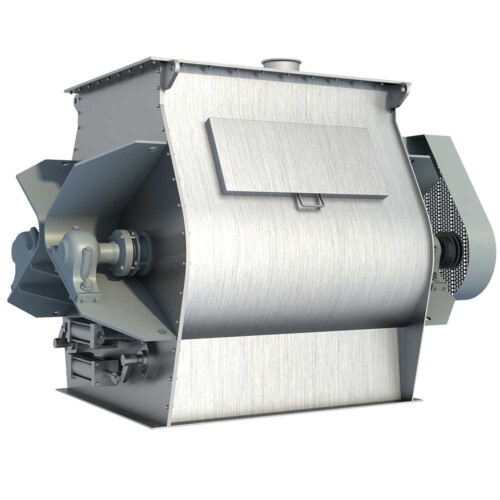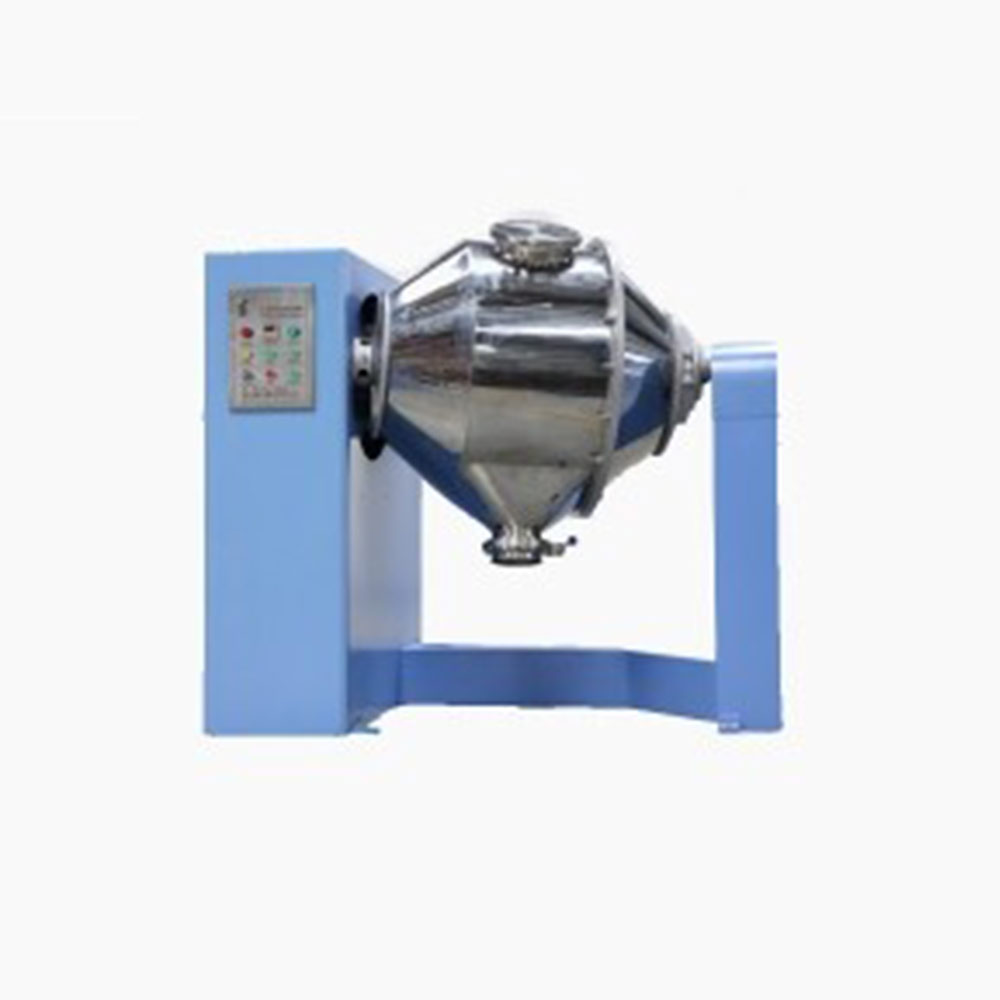Ask An Expert
Frequently Asked Questions
Yes, We can supply simple stand alone panels or automated PLC controlled systems. We normally install and test all controls on our mixers before they are shipped.
Yes, we normally test the mixers before they are shipped and mark out the wire need to connect on the control box.
We manufacture specialty mixing equipment for powder & bulk materials. Included are ribbon blender, plough mixer, conical screw mixer, twin shaft paddle mixer, V blender, double cone blender and other auxiliary equipment such as screw conveyor, quantitive auger filler.
We sell across the world, our cusotmers distribute 5 continents.
Share Us With Your Network
What is a Ribbon Mixer ?
A ribbon mixer is one used in manufacturing and industrial applications. Ribbon mixers are also occasionally called ribbon blenders. They are usually used when one of the items being mixed has a lot of particles, and it’s important that all of the ingredients are mixed evenly. The mixer has a central shaft with mixing blades angled in different ways that look like ribbons of metal wrapped around the shaft, and is able to move parts of the mixture in different directions at the same time, ensuring that all ingredients are blended in. It can be used for food or medicine manufacturing as well as for heavier industry.

The ribbon mixer consists of some type of closed container, usually with a shape similar to a feed trough. The shaft with attached blades is located inside the container. The blades of the ribbon mixer look like two metal ribbons winding around the shaft, in a double helix design. It looks very similar to an illustration of a DNA strand. The ribbon mixer can have a horizontal construction, where the shaft and blade are sideways in the container, or the shaft and blade can be in a vertical position.
A ribbon mixer usually operates very slowly, and requires a lot of power to work. The mixer does a very thorough job mixing ingredients together. The blade is formed and angled in a way that allows the mixture to move in two directions at once. The mixture in the outer part of the container typically moves in one direction, while the mixture near the center of the container moves in the opposite direction. The shape of the ribbon mixer also ensures that no ingredients are left undisturbed on the bottom of the container, and that all portions of the mixture are blended evenly with the same ratio of ingredients.
The use of a ribbon mixer is not recommended for mixtures that have a sticky final product as the unique design of the blade makes it difficult to clean sticky substances off of it. However, ribbon mixers are an ideal choice for many other applications. They can be used for wet or dry mixtures, and they mix ingredients evenly, yet gently. A few examples of dry mixtures are fine gravels, powders, pet or farm animal foods, cereals, snack mixes, and certain medications. Examples of wet or moist mixtures include the many types of dough used in commercial bakeries, as well as resins and plasters used for manufacturing building materials.
Ask An Expert



















